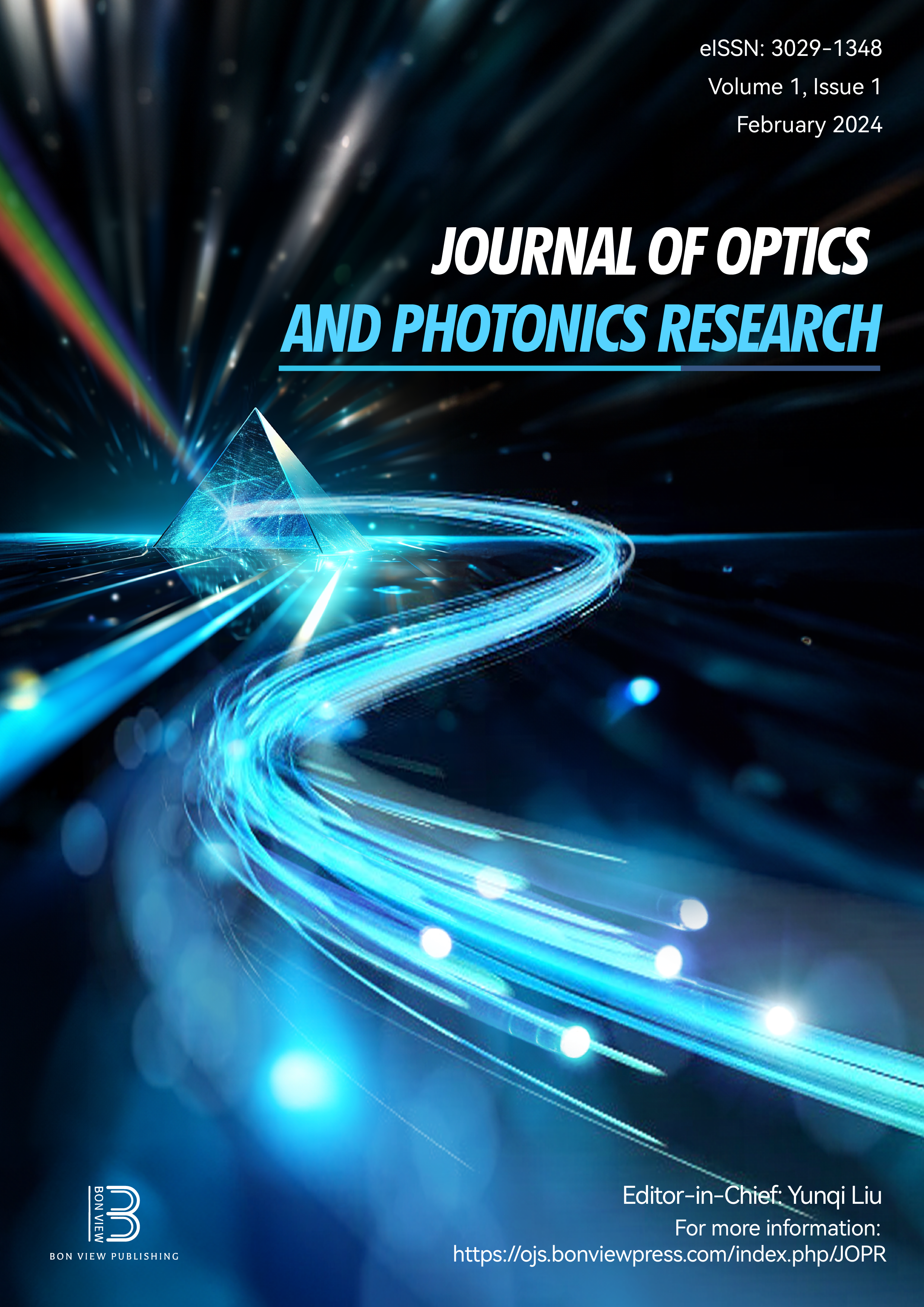Role of Micro-Architectures on Insects' Elytra Affects the Nanomechanical and Optical Properties: Inspired for Designing the Lightweight Materials
DOI:
https://doi.org/10.47852/bonviewJOPR32021587Keywords:
elytra, reflectivity, nanomechanical, hemispherical cavitiesAbstract
The structural coloration of insects has received significant attention in the field of nanophotonic, which has related properties with biophotonic crystals. The main focus in this study is on structural and mechanical features of wasp and beetle elytra such as Chrysidinae (the specimen of parasitoid or kleptoparasitic wasp), Rhomborhina gigantea (RG is the specimen of bettle in the family of Cetoniidae), and Chrysolina coerulans (CC is a species of beetle in the family Chrysomelidae). The nanostructures present on the surface of elytra show the optical and deformable material properties. Surface morphology has been measured by scanning electron microscopy and atomic force microscopy (AFM). The depths of the hemispherical cavities present on the elytra have been analyzed using AFM. The optical and nanomechanical properties of the beetle elytra have also been studied. To measure the reflectivity in transverse electric and TM mode, UV-visible spectroscopy has been used. The value of the average index of refraction nav is observed as 1.8 in all three species and the half-pitch of elytra's varies from 0.139-0.136 μm in CC, 0.123-0.114 μm in Chrysidinae, and 0.154-0.161 μm in RG. Nanoindentation was used to measure the modulus and hardness of the different beetle's elytra. Higher value of elastic modulus (1.72 GPa) and hardness (0.89 GPa) in RG of elytra plays a significant role in resisting force. The photonic structure exhibits optical intrinsic color mixing properties, which are used in the anticounterfeiting fields (currency and passport identification codes). The structural properties of beetle elytra would help to design the lightweight, high strength, anti-coating sensor, color-changing micro air vehicles, and novel optical materials.
Received: 25 August 2023 | Revised: 12 October 2023 | Accepted: 13 October 2023
Conflicts of Interest
The authors declare that they have no conflicts of interest to this work.
Data Availability Statement
Data sharing is not applicable to this article as no new data were created or analyzed in this study.
Downloads
Published
Issue
Section
License
Copyright (c) 2023 Authors

This work is licensed under a Creative Commons Attribution 4.0 International License.
How to Cite
Funding data
-
Science and Engineering Research Board
Grant numbers PDF/2017/01611


